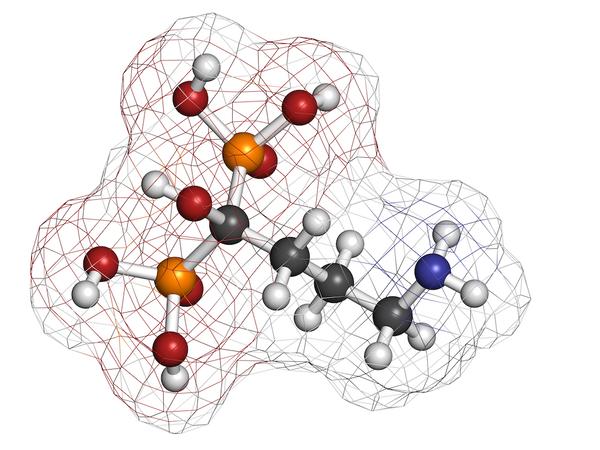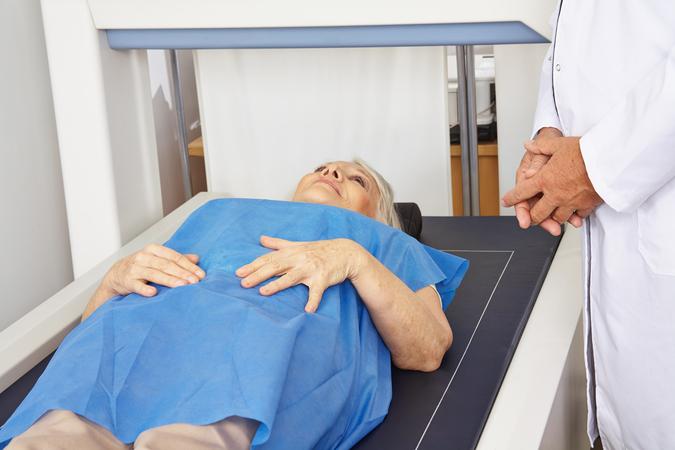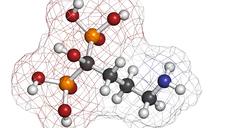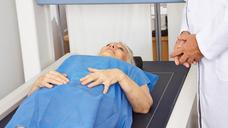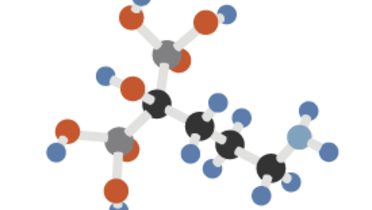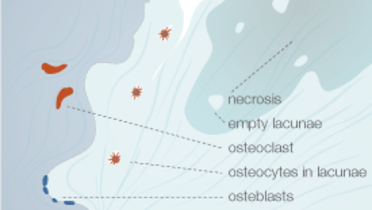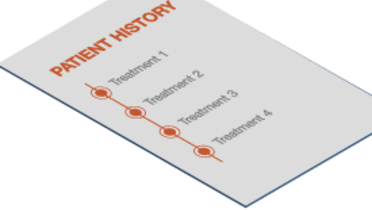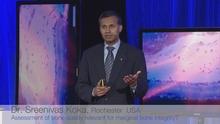-
0
Patient Assessment
- 0.1 Patient demand
- 0.2 Overarching considerations
- 0.3 Local history
- 0.4 Anatomical location
- 0.5 General patient history
-
0.6
Risk assessment & special high risk categories
- 5.1 Risk assessment & special high risk categories
- 5.2 age
- 5.3 Compliance
- 5.4 Smoking
- 5.5 Drug abuse
- 5.6 Recreational drugs and alcohol abuse
- 5.7 Parafunctions
- 5.8 Diabetes
- 5.9 Osteoporosis
- 5.10 Coagulation disorders and anticoagulant therapy
- 5.11 Steroids
- 5.12 Bisphosphonates
- 5.13 BRONJ / ARONJ
- 5.14 Radiotherapy
- 5.15 Risk factors
-
1
Diagnostics
-
1.1
Clinical Assessment
- 0.1 Lip line
- 0.2 Mouth opening
- 0.3 Vertical dimension
- 0.4 Maxillo-mandibular relationship
- 0.5 TMD
- 0.6 Existing prosthesis
- 0.7 Muco-gingival junction
- 0.8 Hyposalivation and Xerostomia
- 1.2 Clinical findings
-
1.3
Clinical diagnostic assessments
- 2.1 Microbiology
- 2.2 Salivary output
-
1.4
Diagnostic imaging
- 3.1 Imaging overview
- 3.2 Intraoral radiographs
- 3.3 Panoramic
- 3.4 CBCT
- 3.5 CT
- 1.5 Diagnostic prosthodontic guides
-
1.1
Clinical Assessment
-
2
Treatment Options
- 2.1 Mucosally-supported
-
2.2
Implant-retained/supported, general
- 1.1 Prosthodontic options overview
- 1.2 Number of implants maxilla and mandible
- 1.3 Time to function
- 1.4 Submerged or non-submerged
- 1.5 Soft tissue management
- 1.6 Hard tissue management, mandible
- 1.7 Hard tissue management, maxilla
- 1.8 Need for grafting
- 1.9 Healed vs fresh extraction socket
- 1.10 Digital treatment planning protocols
- 2.3 Implant prosthetics - removable
-
2.4
Implant prosthetics - fixed
- 2.5 Comprehensive treatment concepts
-
3
Treatment Procedures
-
3.1
Surgical
-
3.2
Removable prosthetics
-
3.3
Fixed prosthetics
-
3.1
Surgical
- 4 Aftercare
骨质疏松症
Key points
- 骨质疏松症是一种全身性疾病,近 30% 的绝经后妇女患有此病,表现为骨密度降低和微观结构受损,易导致各种骨折
- 骨质疏松症对颌骨的影响小于颅外骨骼
- 根据当前数据,对骨质疏松患者实施种植手术并未受到限制
- 虽然骨吸收抑制药是治疗骨质疏松症的常用药,但仍存在较低的与骨吸收抑制药相关的颌骨骨坏死 (ARONJ) 风险,反映出随着骨吸收抑制药用于治疗骨质疏松症时间的推移总剂量较低
骨质疏松症
骨质疏松症是一种绝经后妇女多发的常见疾病。55 岁妇女的患病率为 7%,80 岁妇女的患病率上升至 19%。骨质疏松症通过放射影像检查骨密度(DXA 分值)下降来诊断。初期骨质疏松症比较常见,由与年龄相关的荷尔蒙变化导致,而二期骨质疏松症则因糖尿病等潜在疾病和皮质类固醇治疗所引发。临床上这两种疾病都表现为易发生各种骨折。最常用的治疗方法是给用骨吸收抑制药(双磷酸盐药物或狄诺塞麦)。
颌骨骨质疏松症和种植手术的具体事项
对颅外骨骼进行外科手术时,骨质疏松症是一个很大的风险因素。这会对种植外科手术构成危险。但是,对颌骨进行种植手术似乎不会受到骨质疏松骨骼变化的影响。骨质疏松症的放射影像检查分数(DXA 分值)在颅外骨骼和颌骨之间没有联系。使用全景 X 射线指数对于评估颌骨骨质疏松症的意义有限,因为颌骨内不同组织区域的 BMD 差异很大。最近的数据(临床数据的元数据分析)并不能证明骨质疏松患者的口腔植入失败风险显著增加。
骨质疏松症治疗和种植手术
对于在骨质疏松症治疗中使用骨吸收抑制药的患者而言,实施口腔外科手术可引发与骨吸收抑制药相关的颌骨骨坏死 (ARONJ)。术语 ARONJ(与骨吸收抑制药相关的颌骨骨坏死)现在替代了术语 BRONJ(与双磷酸盐药物相关的颌骨骨坏死)。
与患有恶性疾病的患者不同,由于总剂量较低且用药频率低,在骨质疏松患者中使用骨吸收抑制药进行治疗而发生骨坏死的风险较低。对这些患者植入种植体的成功率看起来与无骨吸收抑制药治疗史的患者的成功率相同。没有证据表明,在种植手术之前停用骨吸收抑制药能够降低骨坏死的风险,但会增加骨相关事件 (SRE)(骨质疏松性骨折)的发生频率。
